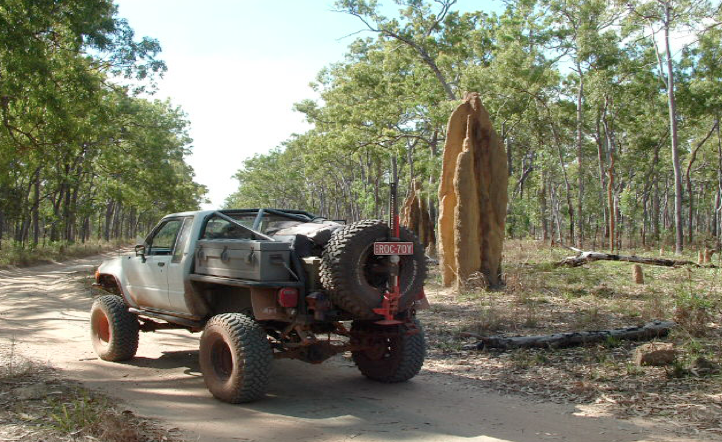The first step is to ask yourself ‘Why?’ You’ll have to be honest with yourself here as to exactly what you want to do for what is possibly your biggest investment after the family home. It may be your first 4WD, or like me you may be lucky enough to have a project 4WD to toy with on the weekends. An honest assessment of not only what you want to do with it, but how often, is the number one decision you need to make before opening your wallet.
Like any project, you must set a clear direction of what you want the end result to look like. For example, setting up a competition 4WD will be vastly different to setting up vehicle that does one or two trips a year. As someone who took a competition rock crawler all the way to Cape York, I can tell you, it has its disadvantages. Most 4WDs these days’ double as work vehicles, the good old ‘daily driver’ that gets you to and from the work site with your tools, or heaven forbid, does the school drop off. If this is the case, you need to be crystal clear on the good and bad points of making changes to what Mr. Toyota or Mr. Ford have spent millions of dollars on developing.
I recently read a great article on fourwheeler.com titled ‘What concessions are made when adding big tyres?’ Not to put you off, but it really hit home on the impact that fitting bigger rubber has on the driveline, performance and handling of your 4WD. Their JK Wrangler Jeep test vehicle, fitted with 35” tyres, was 60% slower getting from 0 to 100km/h, took 24m more road to pull up from 100km/h and used on average 66% more fuel!!!! On the plus side, it had more clearance, worked better off-road, had steeper approach and departure angles and looked way cooler. It’s up to you to make an informed decision though.

Once you’ve made the decision on what sort of driving you want to be doing the most of, it’s time to write some sort of plan to help you set out what you will need. If you are able to, it’s best to do all of the modifications in one go (if your budget allows). This way the vehicle spends the least amount of time out of action and you’re not spending money on rego and insurance for a vehicle that is constantly off the road. Next, talk to people about your plan, tell others what you are thinking of doing - you'll be surprised how many people want to help with advice stemming from their own experiences - they may even help you with turning spanners. Better still join a club, forum or trawl through social media, even get talking to people you see out and about with cool 4WDs - don't be shy here, most people with modified 4WDs are happy to tell you about them.
Lastly, you do need to consider the legal and insurance ramifications. Boring I know, but you need to know if your 4WD modifications need to be approved by an engineer or the local roads authority. If you are going to have your 4WD engineer approved, it is worth discussing your plans with them first and getting it all pre-approved. This will save you time and money by ensuring you won’t be cutting and re-welding stuff to your 4WD that was never going to pass.
Coming soon, the My Ultimate 4WD mobile app will offer a complete solution to modifying your 4WD. All of the features and functionalities of My Ultimate 4WD combine to provide the best interactive tool when it comes to 4WD modifications. My Ultimate 4WD takes the guesswork out of complicated modifications and 4WD product purchases, by allowing a unique ‘try before you buy’ experience.
Register now for excusive offers and updates on our progress.
Cheers Chris

